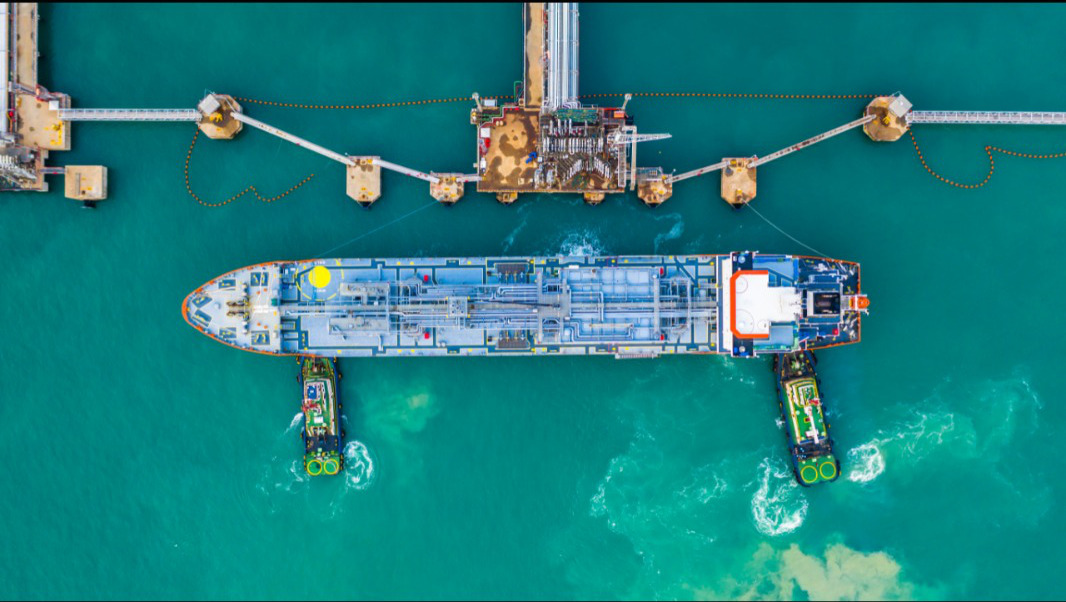Shipping logistics in the oil and gas industry involves the transportation of various petroleum products such as crude oil, refined products, liquefied natural gas (LNG), and natural gas liquids (NGLs) from production sites to refineries, distribution centers, and end-users. It plays a crucial role in ensuring a steady supply of energy resources globally.
Here are some key aspects of shipping logistics in the oil and gas industry:
1. Modes of transportation: Oil and gas products can be transported via different modes such as pipelines, tankers, barges, rail, and trucks. Each mode is chosen based on factors like distance, volume, cost, and infrastructure availability.
2. Tankers: Tankers, also known as oil or gas tankers, are specialized ships designed to transport large quantities of oil and gas by sea. There are different types of tankers, including crude oil tankers, product tankers (for refined products), and LNG carriers. These vessels adhere to strict safety and environmental standards.
3. Pipelines: Pipelines are a common mode of transportation for oil and gas, especially for onshore transportation. They provide a secure and efficient way to transport large volumes over long distances. Additionally, pipelines can be interconnected with storage tanks and terminals.
4. Shipping routes: Shipping routes for oil and gas are determined by factors like proximity to production sites, demand centers, and market access. Strategic locations for shipping routes are selected to maximize efficiency and minimize transportation costs.

5. Logistics coordination: Efficient shipping logistics involves coordinating various activities such as scheduling, storage management, customs clearance, documentation, and compliance with international regulations. This coordination ensures seamless flow and delivery of oil and gas products.
6. Safety and environmental concerns: Shipping oil and gas products come with inherent risks. Safety measures, emergency response plans, and compliance with regulations help mitigate these risks. Additionally, environmental considerations are crucial, with steps taken to prevent oil spills, reduce emissions, and utilize eco-friendly technologies.
7. Market dynamics: Shipping logistics in the oil and gas sector is greatly influenced by market dynamics, including price fluctuations, supply-demand trends, geopolitical factors, and infrastructure developments. Companies must adapt and optimize their logistics strategies accordingly.
8. Global trade and interconnectivity: The oil and gas industry is global in nature, with oil and gas products being traded worldwide. Shipping logistics plays a vital role in connecting various regions, ensuring a reliable supply chain, and supporting energy demands.

In summary, shipping logistics in the oil and gas industry involves the effective management of transportation, storage, and distribution of petroleum products using various modes of transportation. It encompasses extensive coordination, compliance, and safety measures to ensure a reliable and efficient supply chain for global energy needs.
